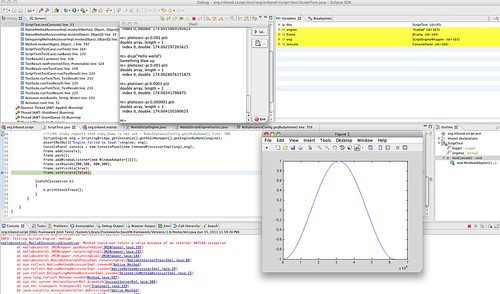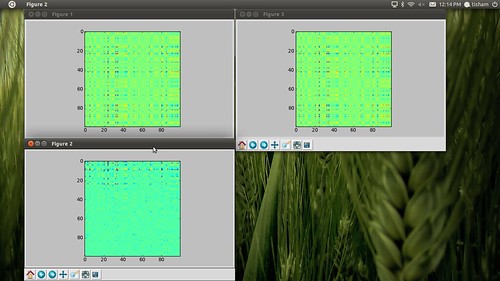The awesome Ossim library has served me (and disaster situations in New Orleans and Haiti) in getting large amount of imagery processed accurately and without too much manual messing around.
OSSIM already sports a JNI wrapper tying the rich C++ library to the JVM (I loathe to say Java - it is such a verbose and bureaucratic language). Coming from C++, an Ossim wrapper should attach to a more dynamic language. Indeed the OMAR developers chose to write it mostly in Groovy+Grails.
This year the GSOC project is aiming to wrap some important bits of the vast library using SWIG for use in CPython. Writing a SWIG wrapper can be painful at the best of times as I found out during my Kinect SWIG work. In spite of the hurdles Vipul has made decent progress and made some of the previous work with JNI + SWIG compile in the Python context. Now he is starting fresh from a purely Python perspective, we will figure out which functions are important and should form the seed for a python wrapping project.
If it all becomes too hard to do with CPython, we might stick with the link to JVM and script Ossim with Jython.
OSSIM already sports a JNI wrapper tying the rich C++ library to the JVM (I loathe to say Java - it is such a verbose and bureaucratic language). Coming from C++, an Ossim wrapper should attach to a more dynamic language. Indeed the OMAR developers chose to write it mostly in Groovy+Grails.
 |
| Ship Tracks in OssimPlanet |
This year the GSOC project is aiming to wrap some important bits of the vast library using SWIG for use in CPython. Writing a SWIG wrapper can be painful at the best of times as I found out during my Kinect SWIG work. In spite of the hurdles Vipul has made decent progress and made some of the previous work with JNI + SWIG compile in the Python context. Now he is starting fresh from a purely Python perspective, we will figure out which functions are important and should form the seed for a python wrapping project.
If it all becomes too hard to do with CPython, we might stick with the link to JVM and script Ossim with Jython.





